Quote: I believe McSpin ships chicks as well.
According to his website http://insideyolk.com/default.htm he does. He also ships eggs., that is where I got the 15 eggs that are due to hatch the week of 5/23/2012.
Navigation
Install the app
How to install the app on iOS
Follow along with the video below to see how to install our site as a web app on your home screen.
Note: This feature may not be available in some browsers.
More options
You are using an out of date browser. It may not display this or other websites correctly.
You should upgrade or use an alternative browser.
You should upgrade or use an alternative browser.
The Welsummer Thread!!!!
- Thread starter pinkchick
- Start date
Royce, While I agree that I didn't get into Welsummers because of who had them, I think facts like those Robin is looking for help generate new interest in the breed. A person may develop an interest in Welsummers for a variety of reasons, who else owns them may just be one of those. I personally don't want to discount any factors that may bring new owners and breeders to the table.
I may have misinterpreted what you were trying to say, but I don't think we can forget the history of Welsummers as we look to the future. They are considered to be a heritage breed? How can you forget the heritage then?
In someways, it made me think of the issue with white Welsummers.... While breeders can breed certain traits, don't we have an overall standard to maintain? If there is a set standard, then 10 years from now, someone should be able to look at a flock from today and compare it with their 2022 flock and they should look the same. If not, then the standard is changing. So, I guess I'm saying that by knowing what the birds were like 10 years ago, would allow us to see where the breed has improved, how were those gains made, what traits are we missing that might have been there 10 years ago.
Would lines from Mr Clark be any more rare than the closed Barber lines that still exist?
All good points, Mike. I wasn't thinking about the interest that info might generate for the breed. I was coming from more of a breeding perspective. I trust y'all will forgive my short-sightedness. I'm on a number of different breeding threads and I read a lot of other info from other sites and there's always the "I've got hatching eggs from So & So's lines for sale" type stuff and most folks don't understand that don't amount to a plugged nickel when you get right down to it. So I let that stuff blind me to the other more advantageous and beneficial reasons about that information.
Thanks for pointing it out and setting me straight.
God Bless,
Our Welsummers. At least that's what the dude said they were that we bought them from. And they DO look like Wellies. XD They all look different. And are peep size to 12 inches tall! Amazing, and fun birds, we are getting most of them to look forward to jumping up into our hands now. Here you go!







Just go to sleep anywhere, it's cool.
Enjoy!
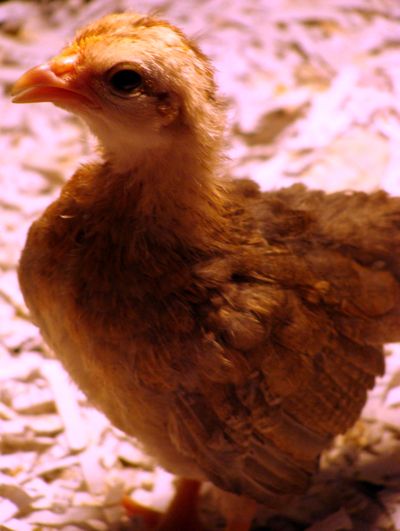
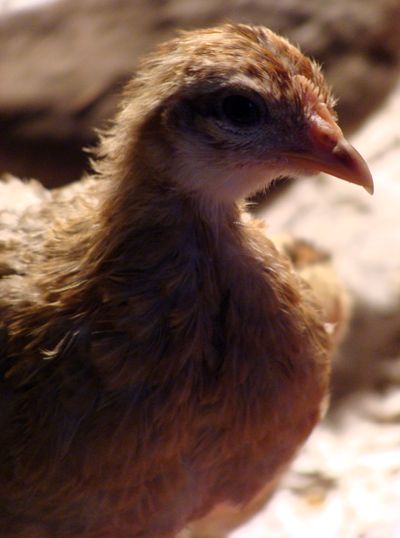
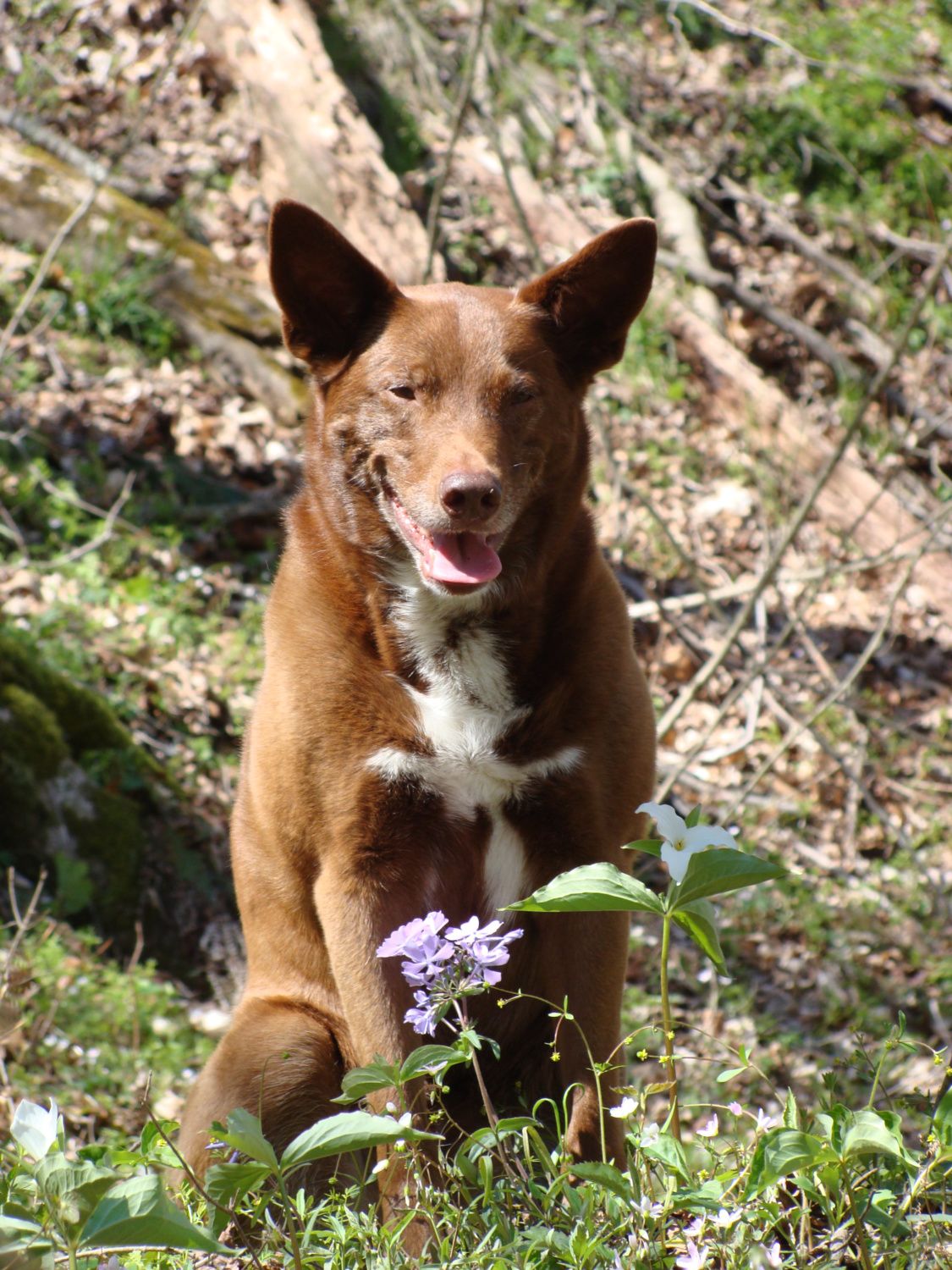
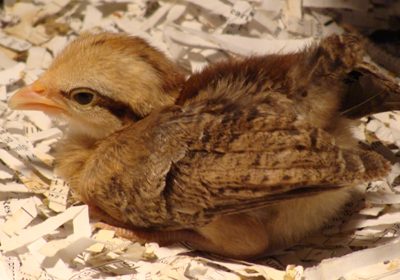
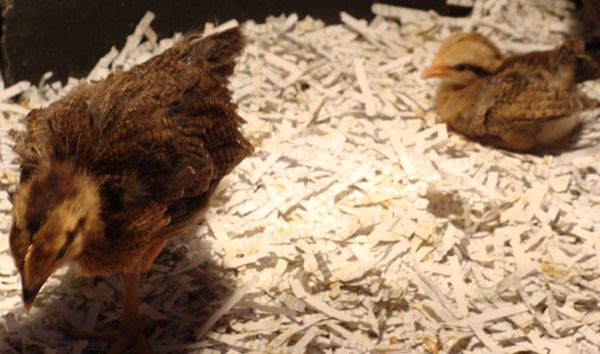
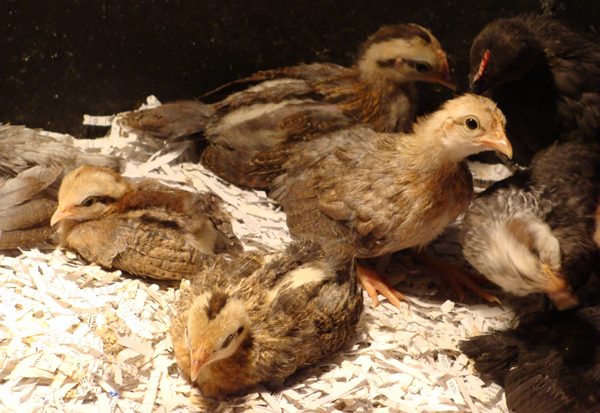
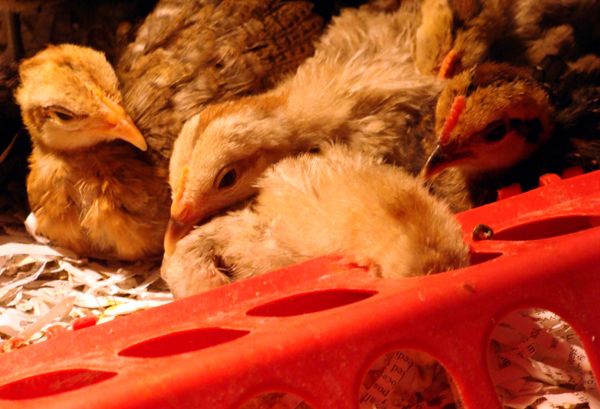
Just go to sleep anywhere, it's cool.
Enjoy!
I agree that it could generate more interest in the breed.Royce, While I agree that I didn't get into Welsummers because of who had them, I think facts like those Robin is looking for help generate new interest in the breed. A person may develop an interest in Welsummers for a variety of reasons, who else owns them may just be one of those. I personally don't want to discount any factors that may bring new owners and breeders to the table.
I may have misinterpreted what you were trying to say, but I don't think we can forget the history of Welsummers as we look to the future. They are considered to be a heritage breed? How can you forget the heritage then?
In someways, it made me think of the issue with white Welsummers.... While breeders can breed certain traits, don't we have an overall standard to maintain? If there is a set standard, then 10 years from now, someone should be able to look at a flock from today and compare it with their 2022 flock and they should look the same. If not, then the standard is changing. So, I guess I'm saying that by knowing what the birds were like 10 years ago, would allow us to see where the breed has improved, how were those gains made, what traits are we missing that might have been there 10 years ago.
Would lines from Mr Clark be any more rare than the closed Barber lines that still exist?
Also, for us newer folks to the breeding world, there is a lot that can be learned from these breeders.
Pretty wellies everyone!
My broody wellie has hatched 1 wellie (looks like a pullet) and there is still a barnevelder egg left to hatch under her. I'm a nervous wreck hoping she'll be a good mom. So far, so good.
My broody wellie has hatched 1 wellie (looks like a pullet) and there is still a barnevelder egg left to hatch under her. I'm a nervous wreck hoping she'll be a good mom. So far, so good.
- Thread starter
- #7,167
Pretty wellies everyone!
My broody wellie has hatched 1 wellie (looks like a pullet) and there is still a barnevelder egg left to hatch under her. I'm a nervous wreck hoping she'll be a good mom. So far, so good.

I was wondering if you can tell a Welsummer's gender by six weeks? Do the pullets and cockerels feather out differently enough to tell by that time? This is my first time with wellies (hatchery quality) and I have one that feathered out much slower than the others and has much shorter tail feathers, but the coloring is the same as the others. And then I have one who has dark speckles on it's chest while nobody else does. Thanks!
I was wondering if you can tell a Welsummer's gender by six weeks? Do the pullets and cockerels feather out differently enough to tell by that time? This is my first time with wellies (hatchery quality) and I have one that feathered out much slower than the others and has much shorter tail feathers, but the coloring is the same as the others. And then I have one who has dark speckles on it's chest while nobody else does. Thanks!
with hatchery birds its sometimes hard to tell as there's usually a little of some other breed in the genetic mix. I know on my birds, the roos always have stubs for tails for a good long time, while the girls grow out pretty fast. Also, the comb on the roos should be more distinct by the age of 6 weeks.
here are my wellies at 6 weeks. sorry the picture isn't great, but you can see two females and a male. the male has redder feathering on his neck and the females are more golden. the make also has a much bigger comb. in the foreground are two of my Euskal Oiloa roos sparing. they sure are cute at that age.

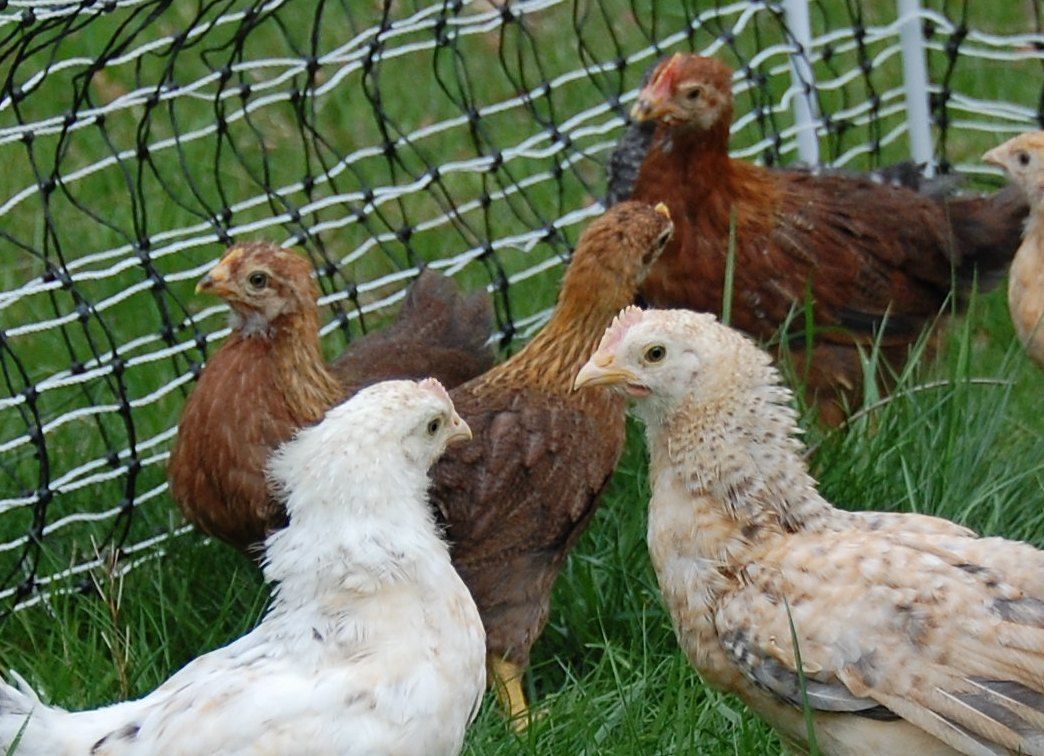
New posts New threads Active threads
-
Latest threads
-
-
-
4 Roosters in need of Re-homing Indianapolis
- Started by Webigail
- Replies: 0
-
-
-
-
Threads with more replies in the last 15 days
-
-
-
Heater or heat panel -10
- Started by IowaCHKN
- Replies: 112
-
-
-
×

